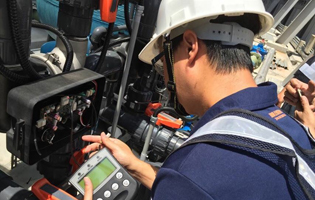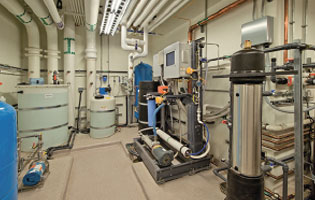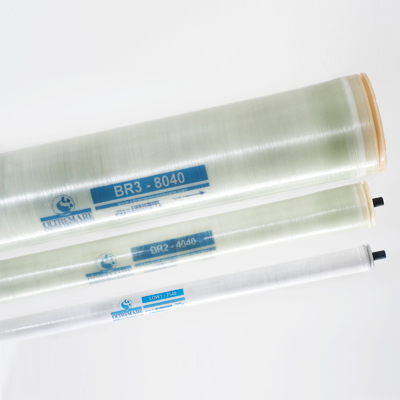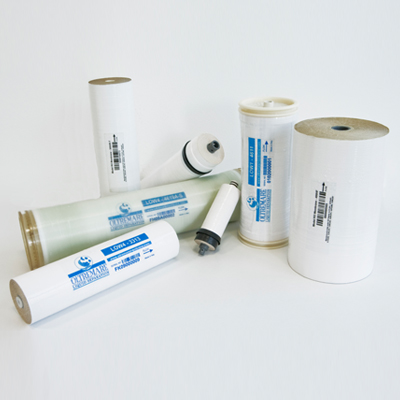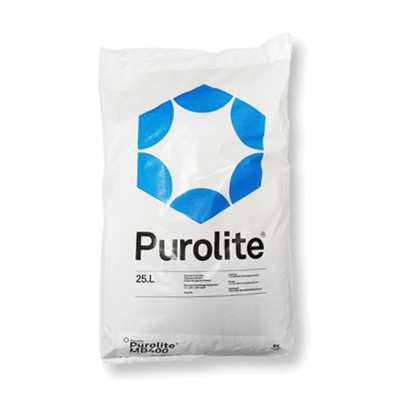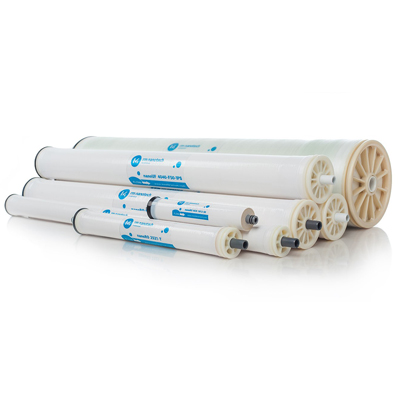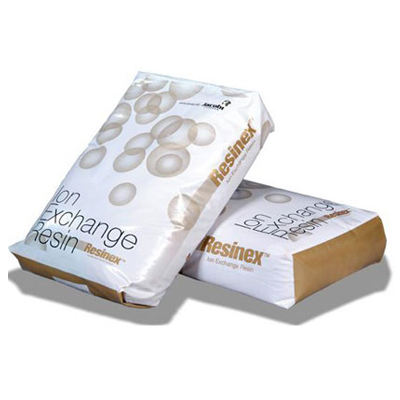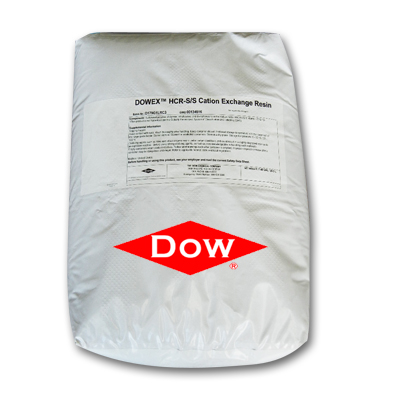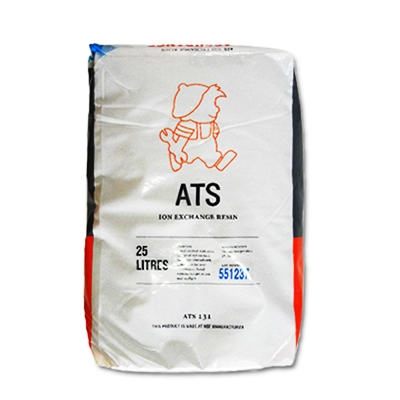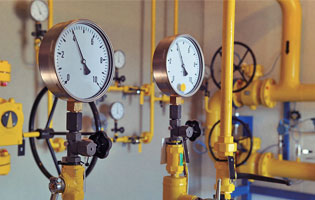PRODUCT INFORMATION
Seawater desalination water treatment technology
- front page
- product
- Water Treatment Technology
- Technology Development Department
- Seawater desalination water treatment technology
Product Information
- heat treatment
-
water treatment
- Arsenic remover
- Desulfurizer
- Deaerator
- 軟水機 (除鈣鎂離子)
- Carbon filter (removal of chloramines)
- Sand filter (remove impurities)
- Iron remover (removal of iron and manganese)
- RO water purifier
- Pre-backwash filter
- UV ultraviolet sterilizer
- Ion exchange resin
- reverse osmosis membrane tube
- quick filter
- Various tanks for water treatment
- Various application filter media
- 美國 Clack Clark control valve
- 美國 Fleck Control Valve
- 美國 Pentair Control Valve
- 美國 Autotrol Control Valve
- Runxin Control Valve
- Injection treatment
- Technology Development Department
-
brand
- Demo brand
- US DOW
- IDEX USA
- US CLACK
- EMERSON, USA
- American PENTAIR
- SIEMENS Germany
- American PULSAFEEDER
- Denmark DANFOSS
- Thailand HAYCARB
- France SUNTEC
- UK PUROLITE
- Japanese NOP
- Japan OLYMPIA
- Japan KATSURA
- BRAHMA, Italy
- SAGINOMIYA
- HONEYWELL
- AZBIL (YAMATAKE)
- OLTREMARE
- NIPCON
- TROCHOID
- domestic
- EGO
- KATO
- LECIP
- ATS
- JACOBI
- ETATRON
- WAVE CYBER
- BOSCHINI
- NIPPON
- WL
- CASH ACME
- YAZAKI
- RUNXIN
- About | Contact

Terminology of Water Treatment Seawater desalination water treatment technology
Technical explanation
Desalination technology, which converts seawater into drinking water, is used in many parts of the world. Reverse osmosis technology using ceramic membranes has been developed over the past 20 years to reduce operating costs. Significant improvements in membranes, recovery, pumps, and pressure vessels have greatly reduced the cost of desalination equipment.
The key to seawater desalination technology is reverse osmosis technology. The whole process is that the seawater is forced to squeeze against the semi-permeable filter membrane under high pressure under continuous flow conditions. Seawater has a high salt content, so the working pressure of reverse osmosis must be between 60-70 bar. As the water permeates through the filter membrane, most of the dissolved impurities are removed, while 99.5% of the total salt content is removed. Impurities remain in the flowing water, and the concentrated stream from the filter membrane is discharged into the ocean. The overall system design must optimize flow, membrane area, and other conditions to keep the system operating at peak efficiency.
瑞順 has installed multiple reverse osmosis systems for seawater desalination in islands off the coast of Taiwan. A complete desalination system includes: pre-filtration, UV, and reverse osmosis membranes.
A successful desalination system requires proper computational understanding and design to overcome the high salinity and abundance of microorganisms in seawater. The high degree of turbidity and corrosiveness of seawater also requires measures to overcome. Therefore, the experience of seawater desalination design and the improvement of energy recovery and low energy membrane can reduce the cost of seawater desalination.
The market prospects for seawater desalination look very good. The shortage of drinking water and increased drought in coastal areas in many parts of the world could be addressed through desalination. Hundreds of seawater systems are producing potable or industrial water for government authorities, resorts, hotels, offshore exercises, ships, yachts and military use. These systems range in size from 100 gallons per day to millions of gallons per day.
Summarize:
1.) Due to the lower cost of seawater desalination, RO desalination of seawater will find more applications.
2.) Proper design, operation and maintenance are essential to further reduce these costs.
3.) Careful consideration must be given to seawater intake and discharge of concentrate from the RO membrane.

